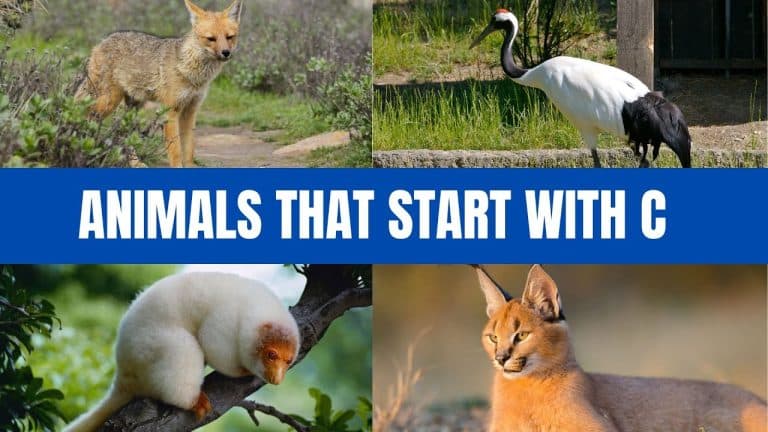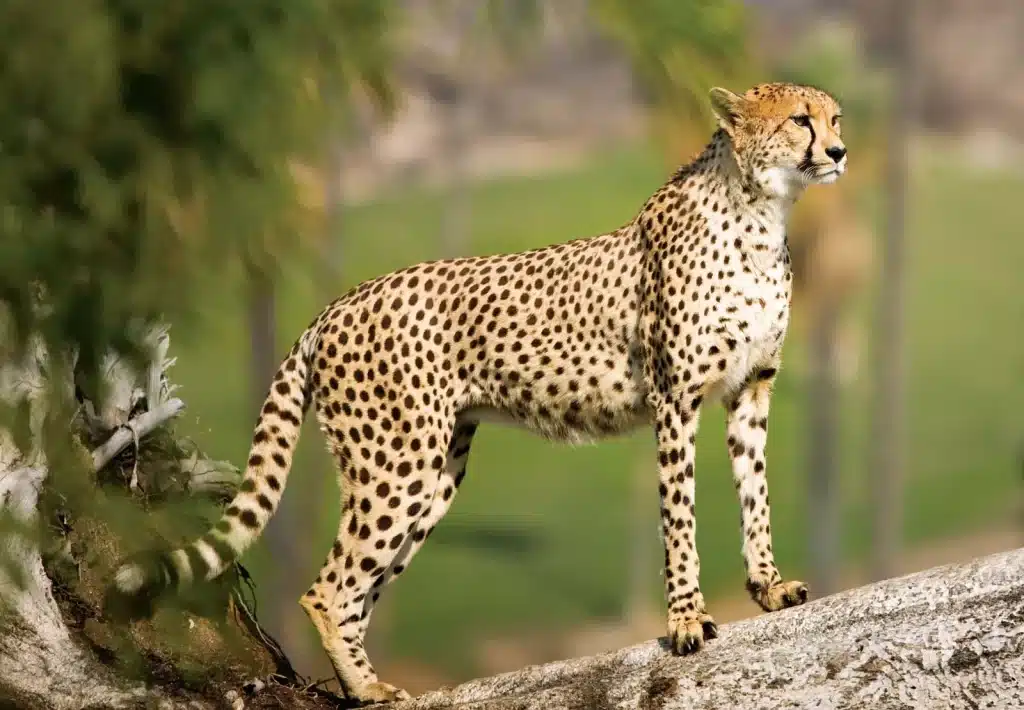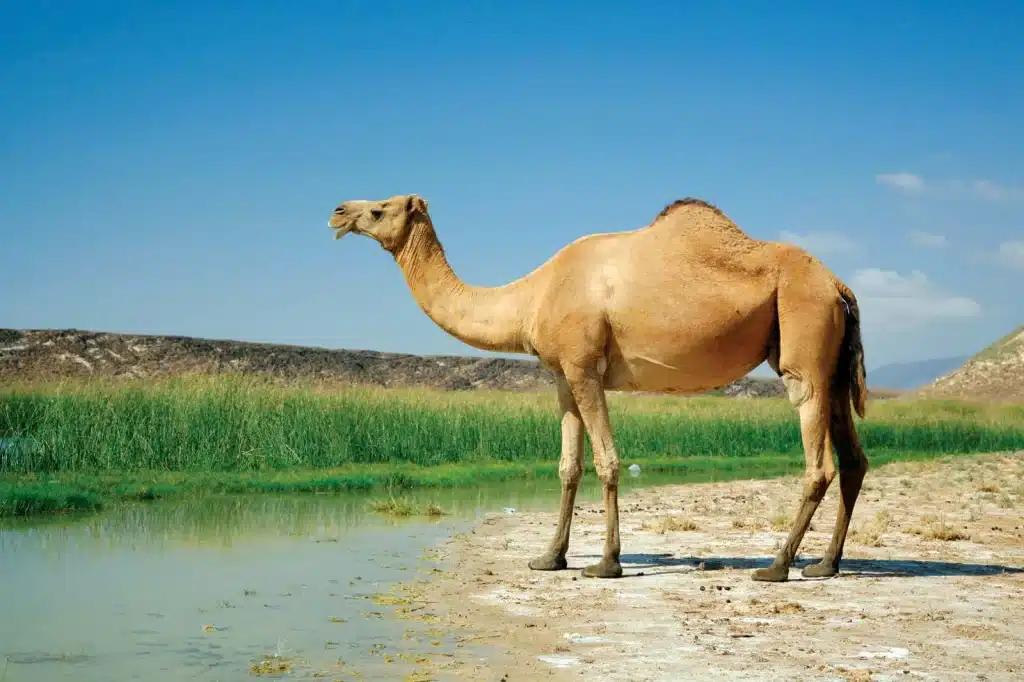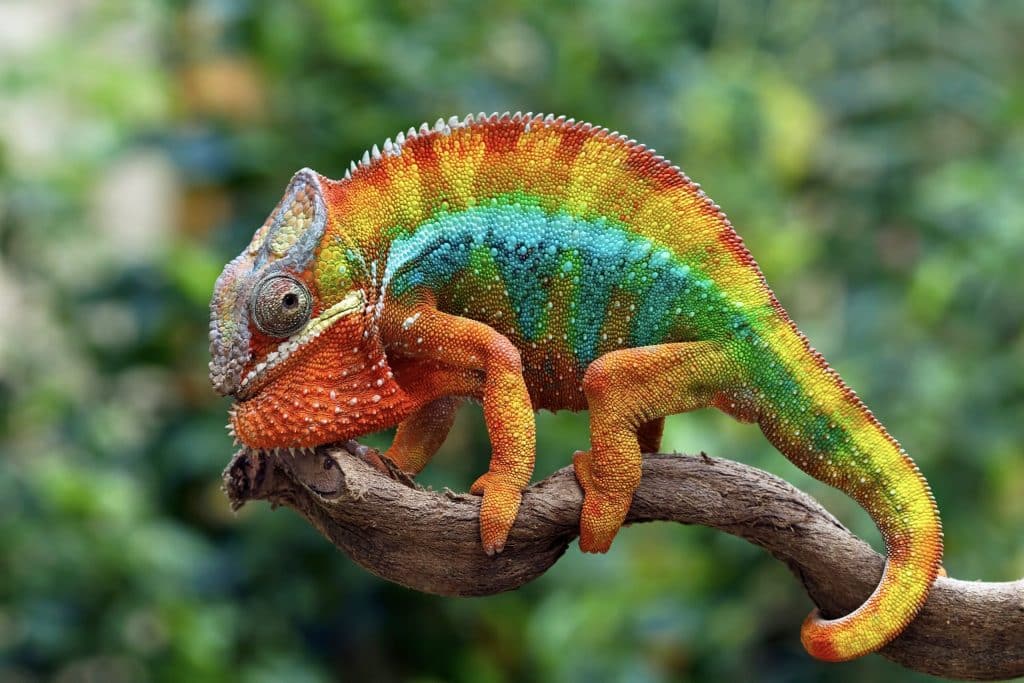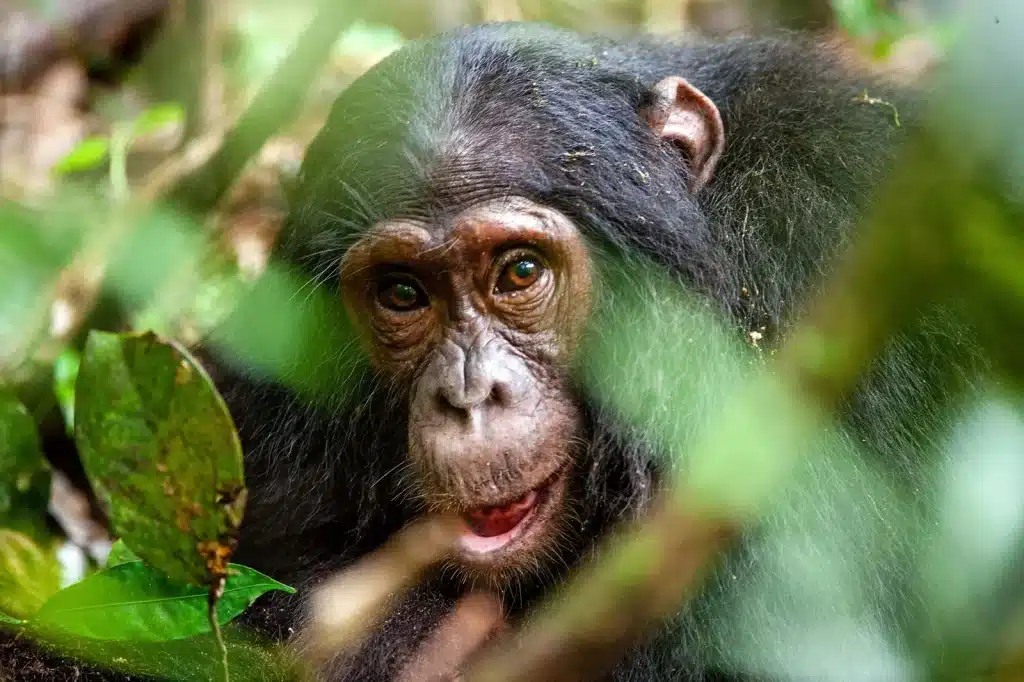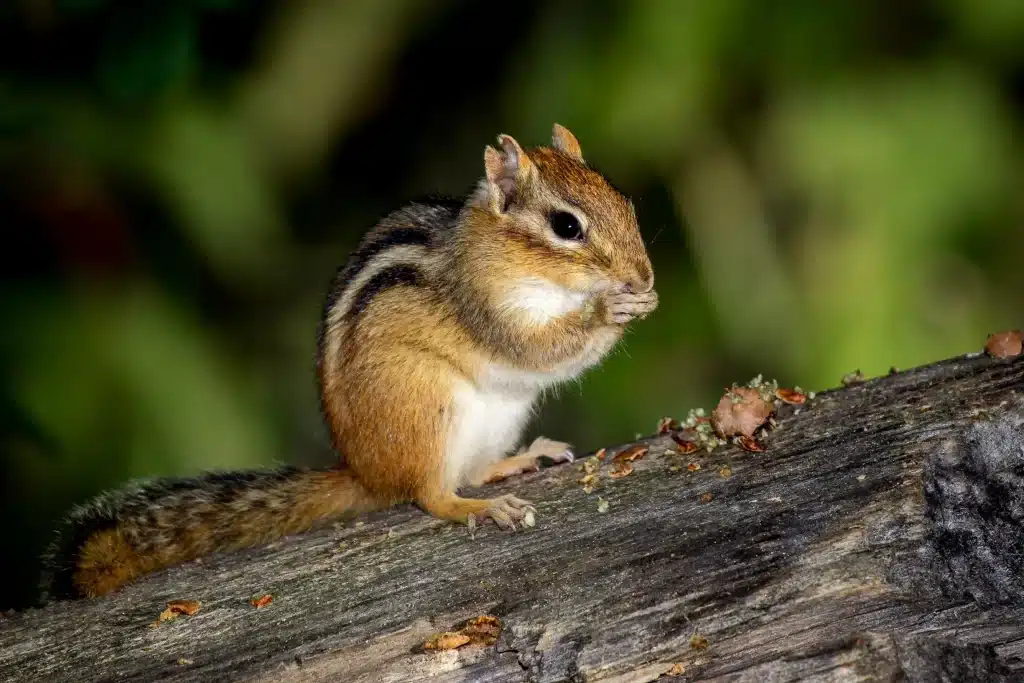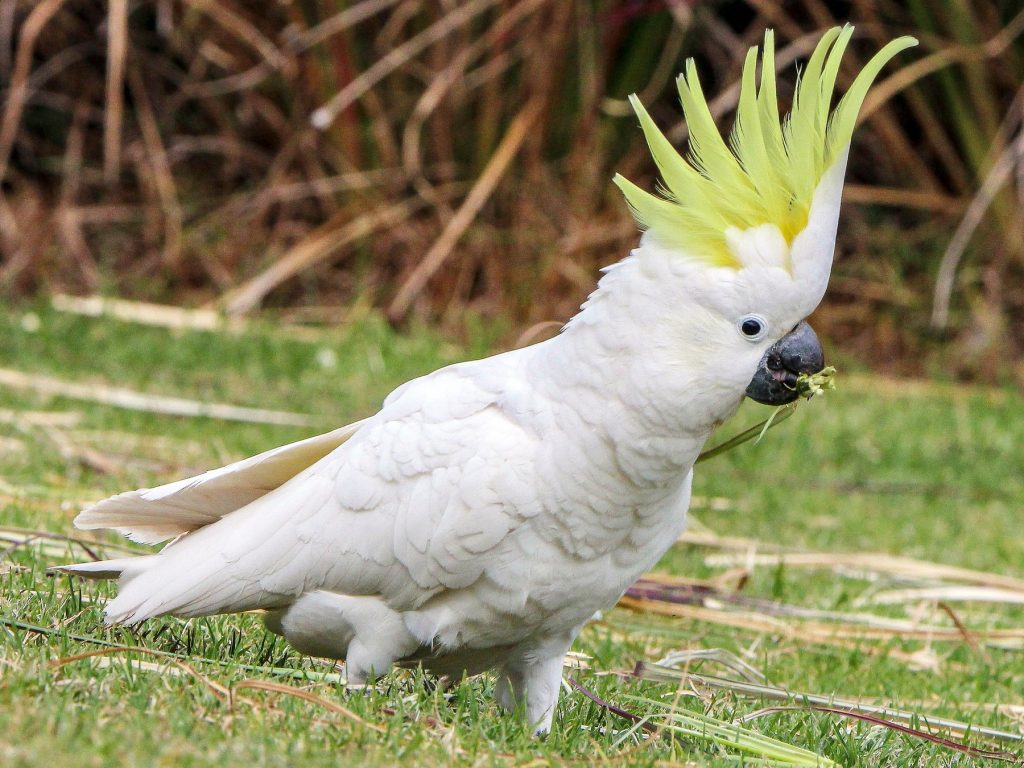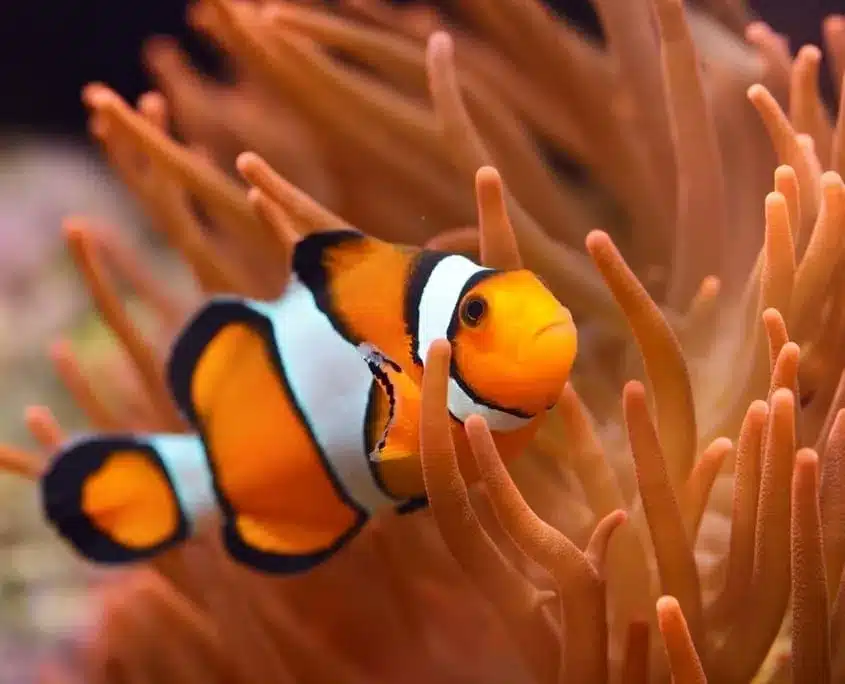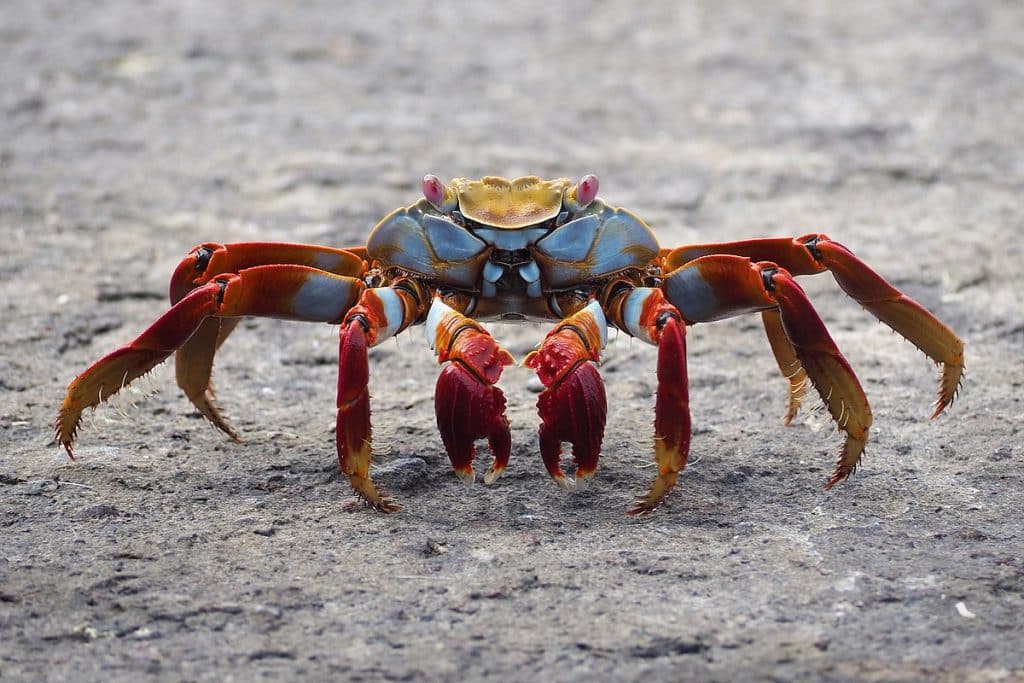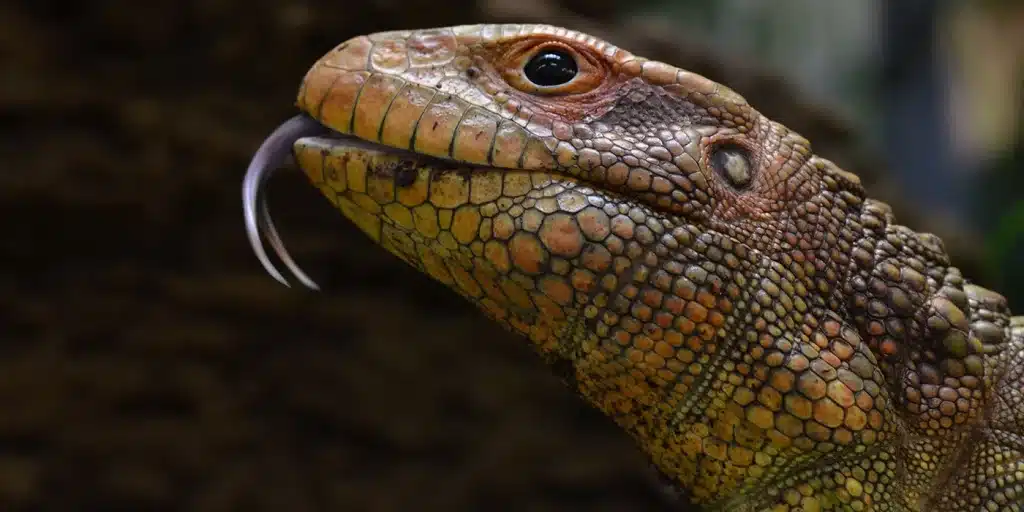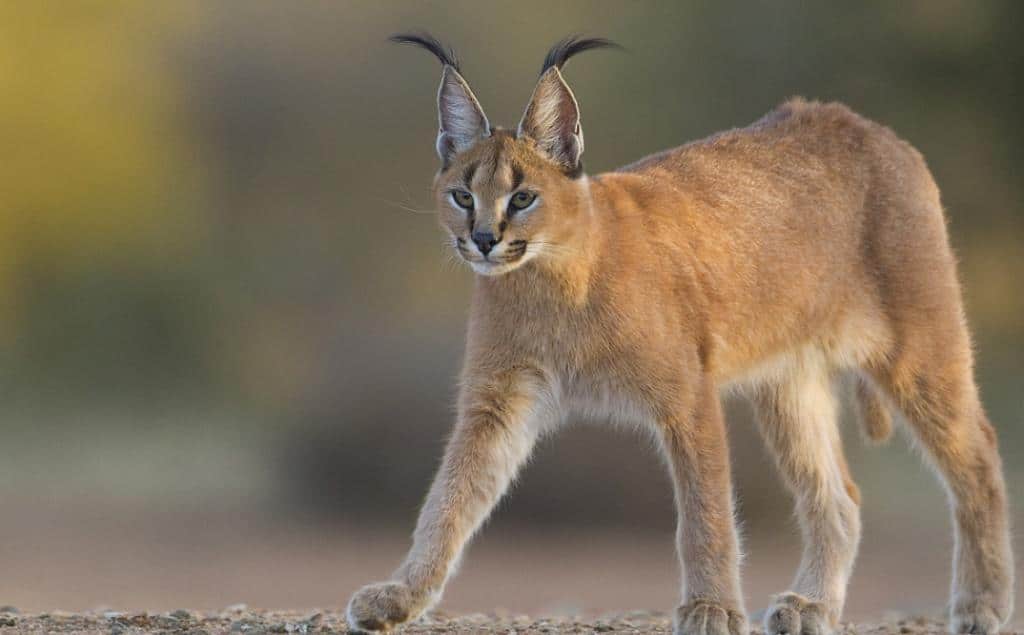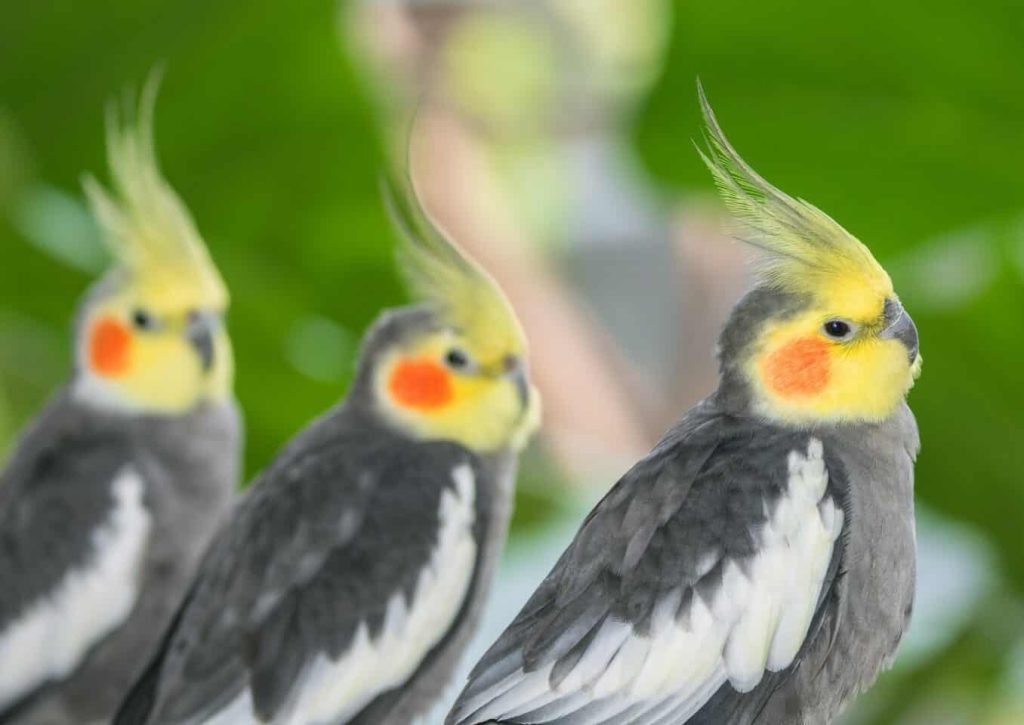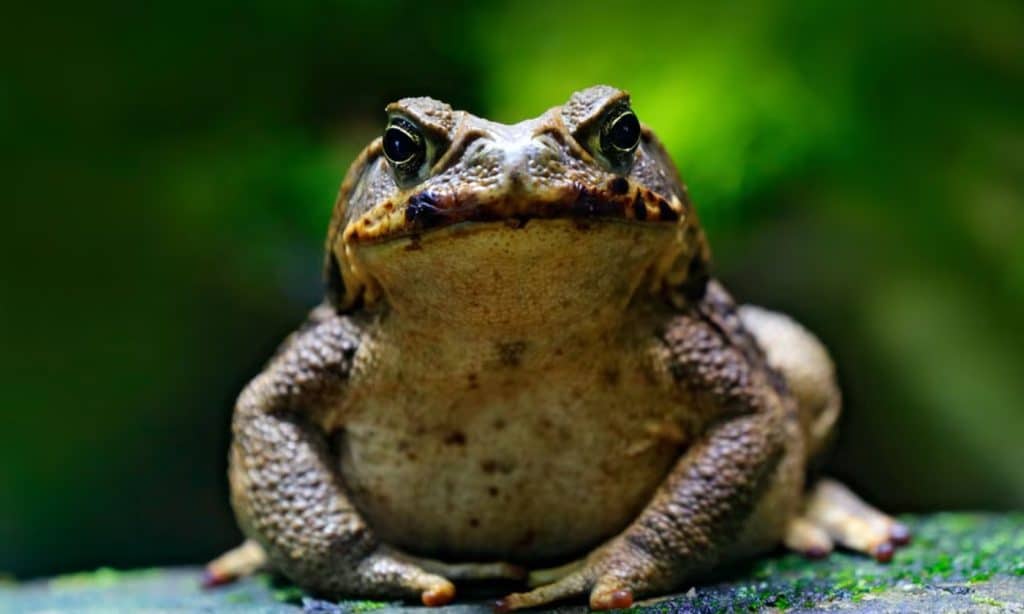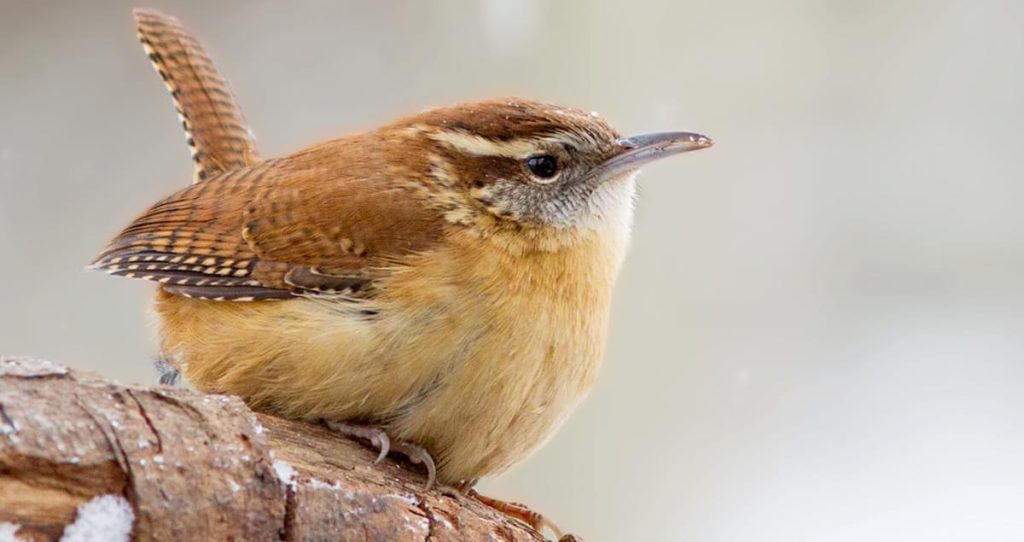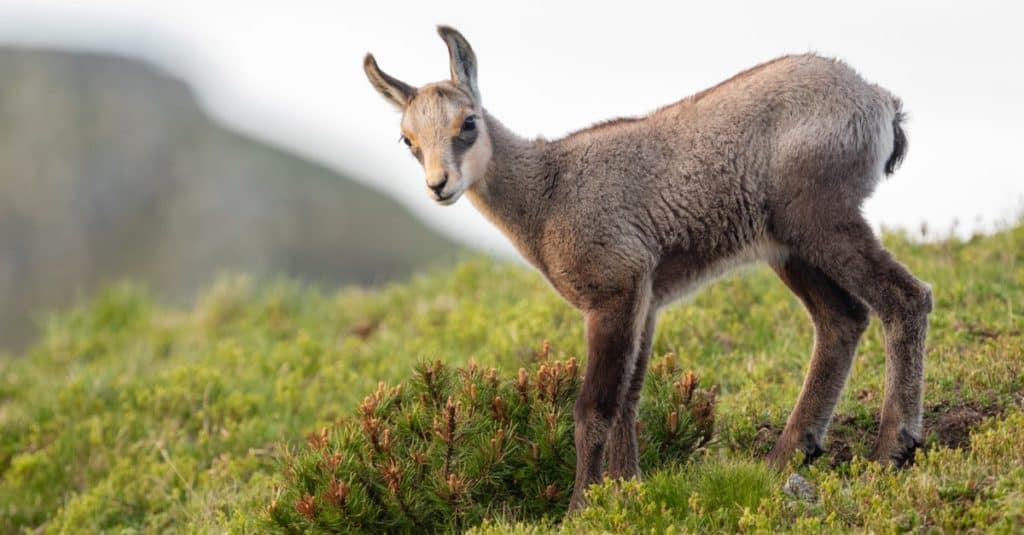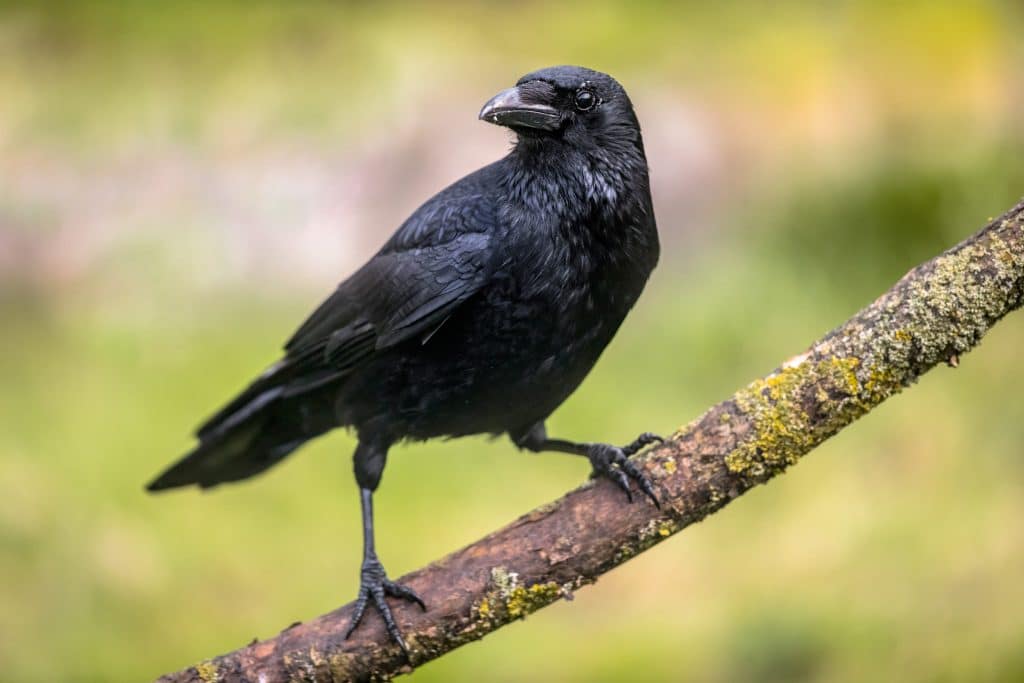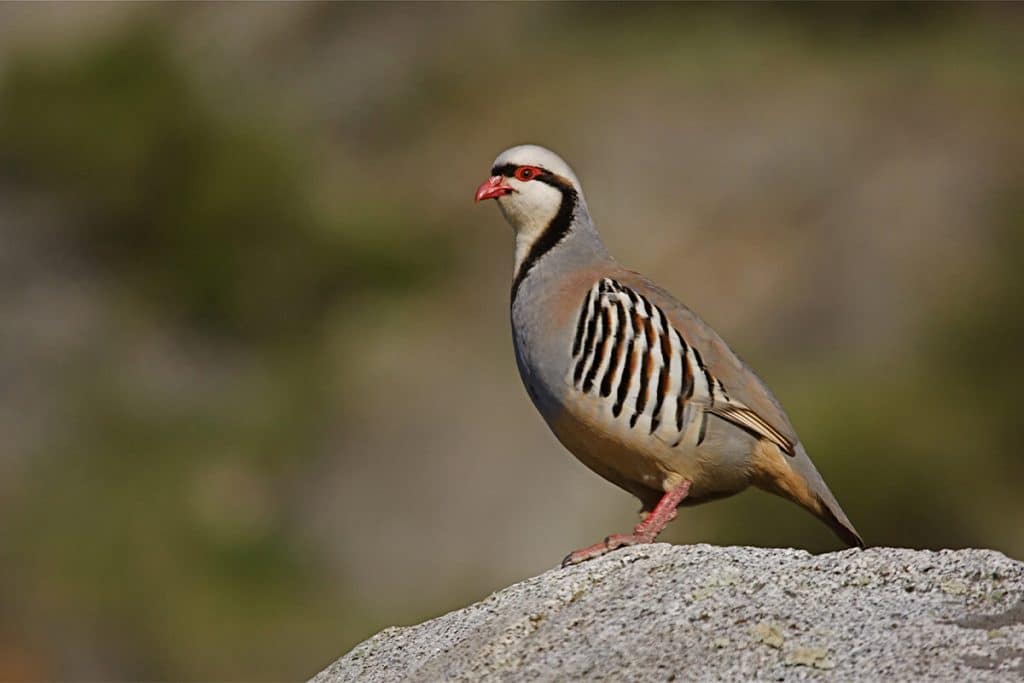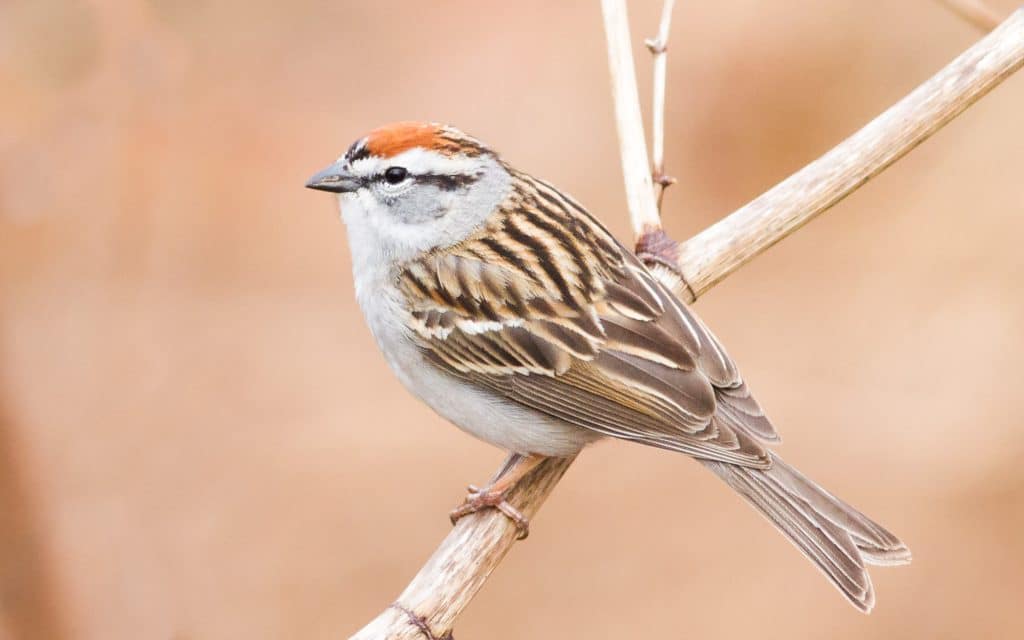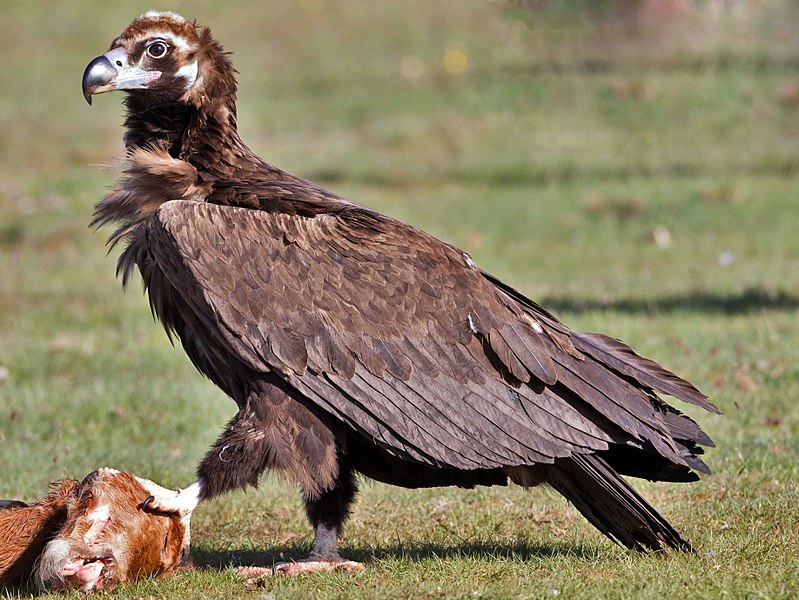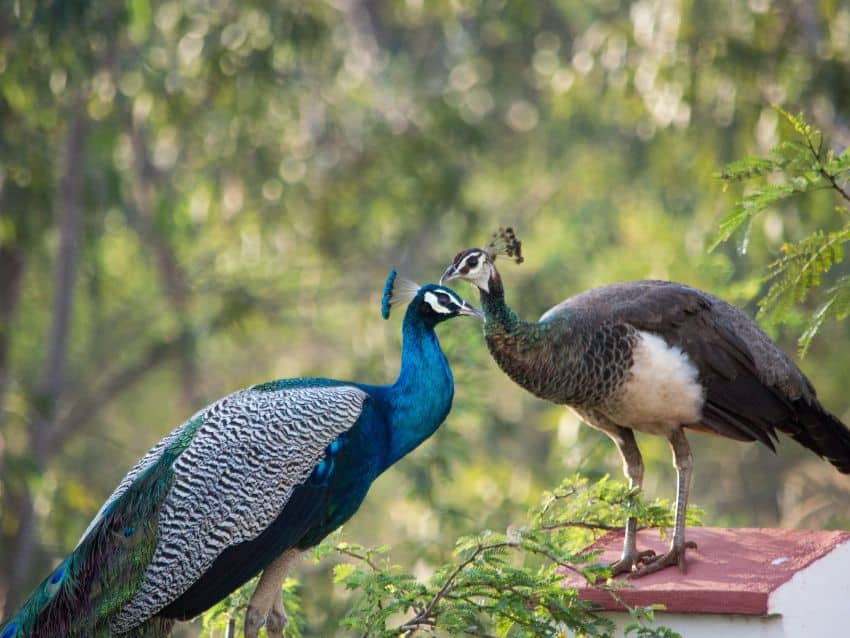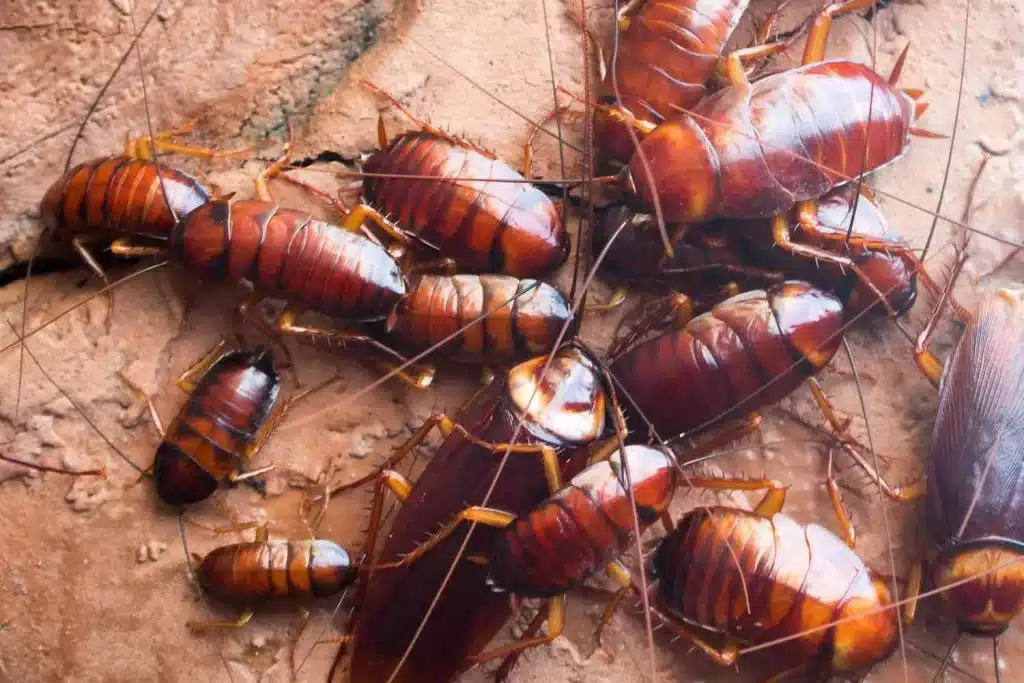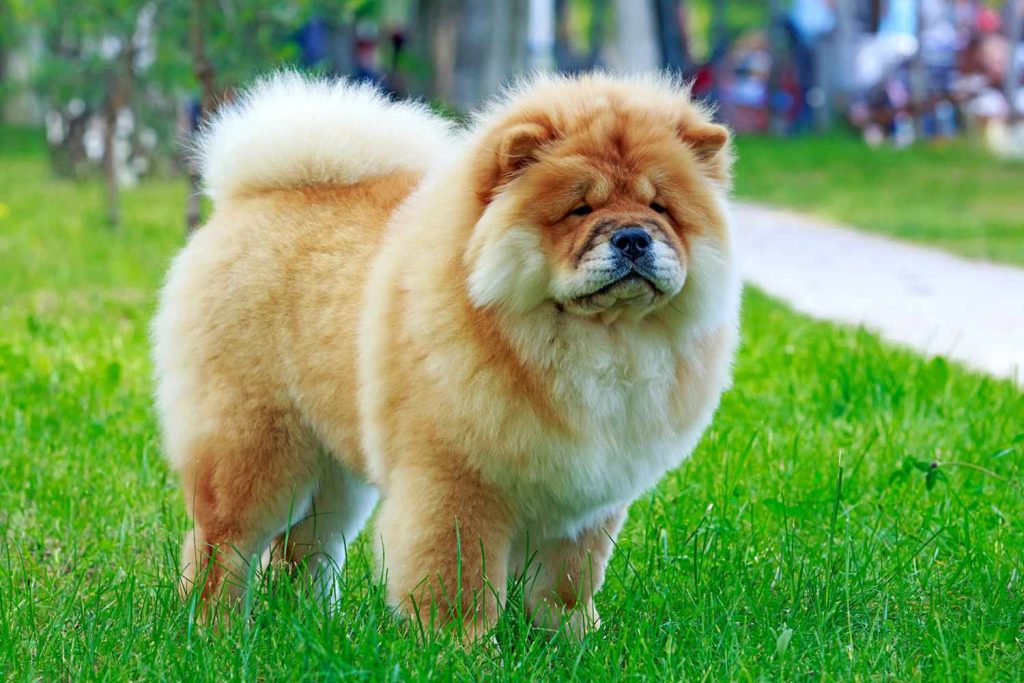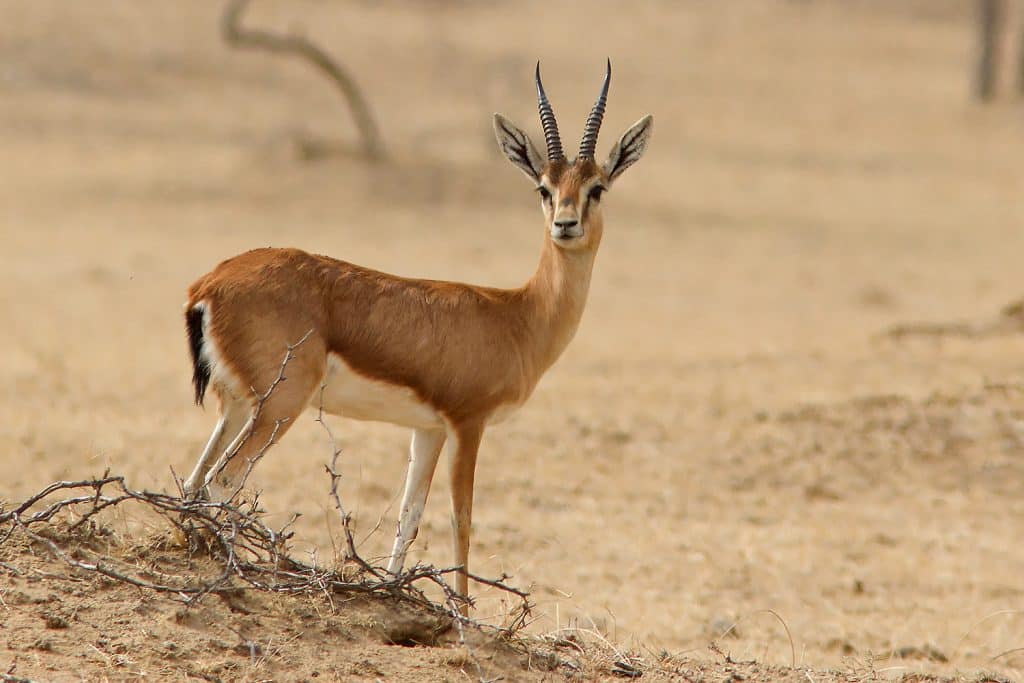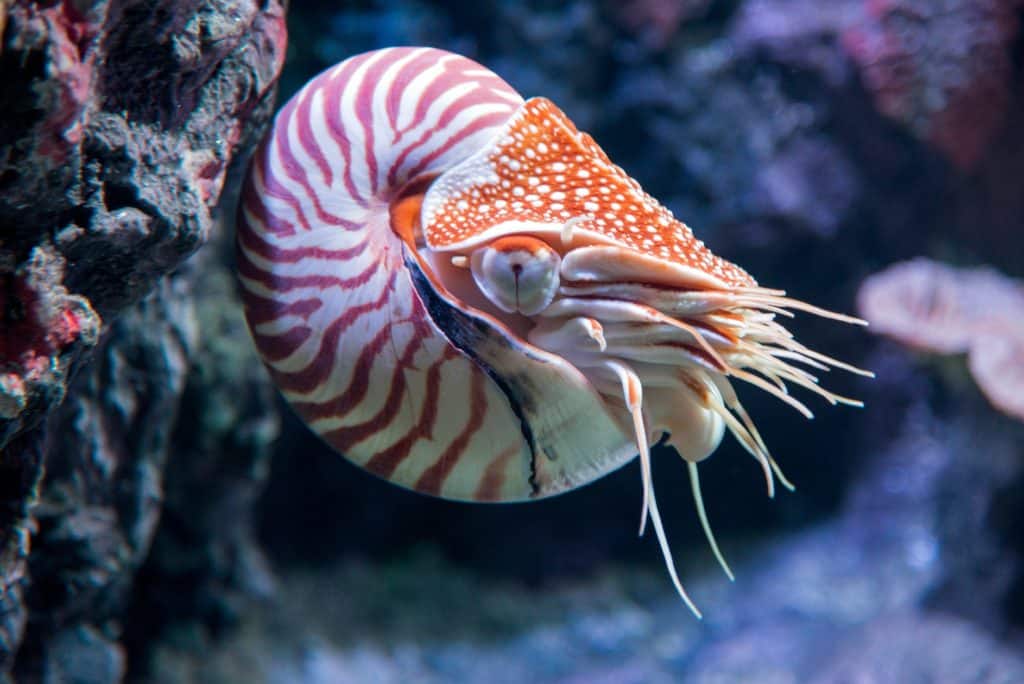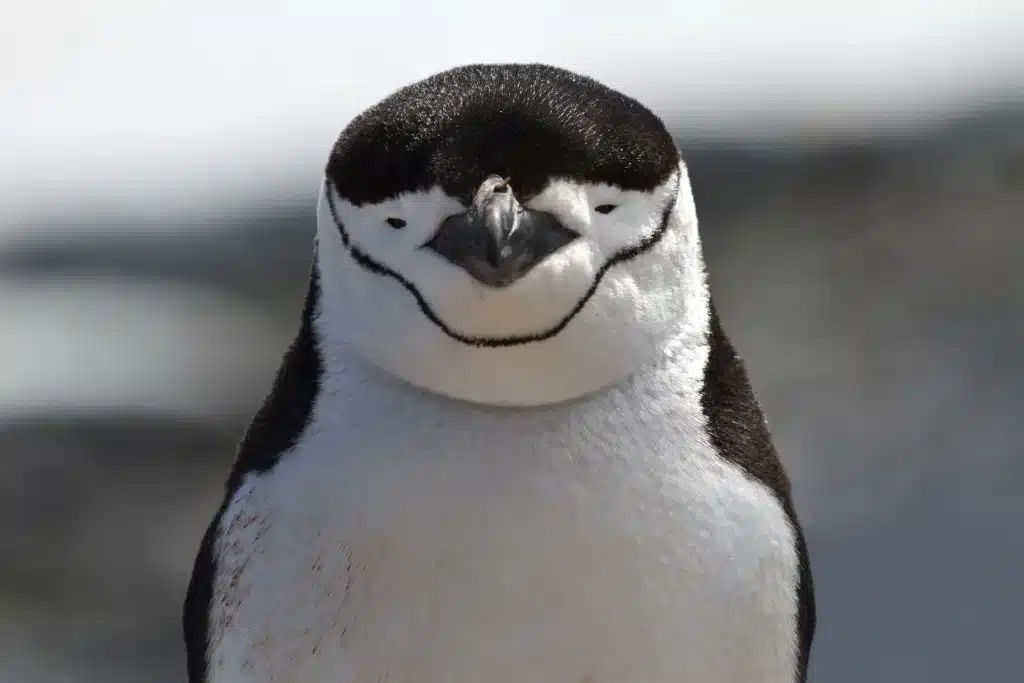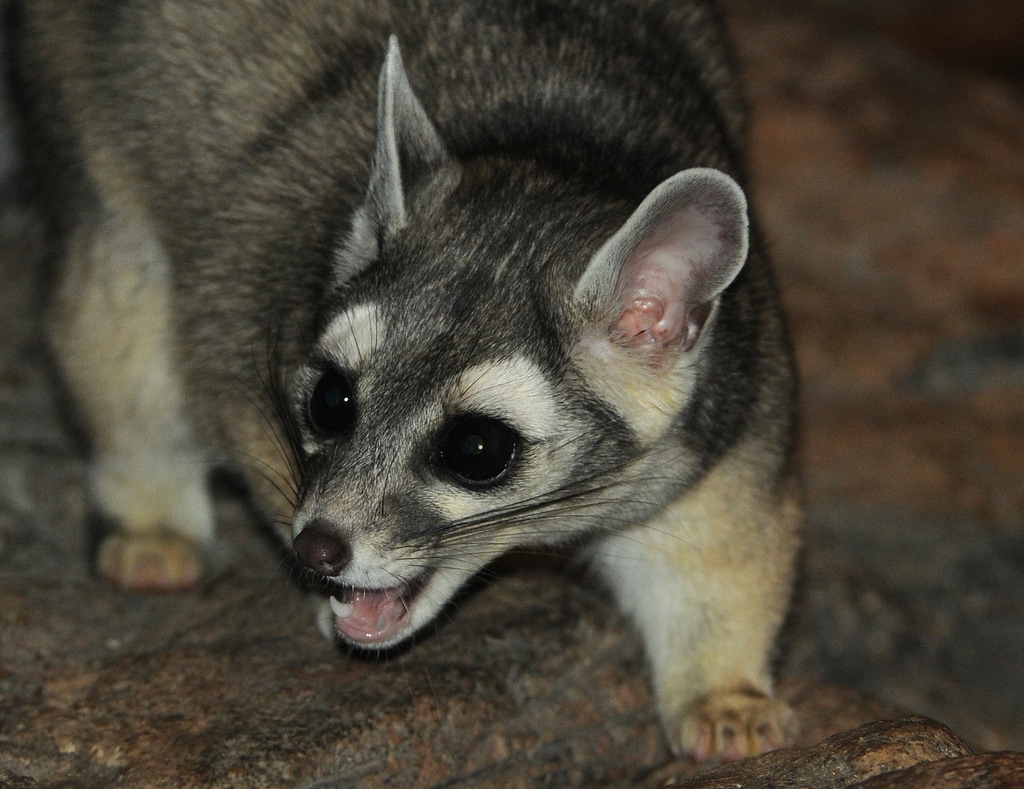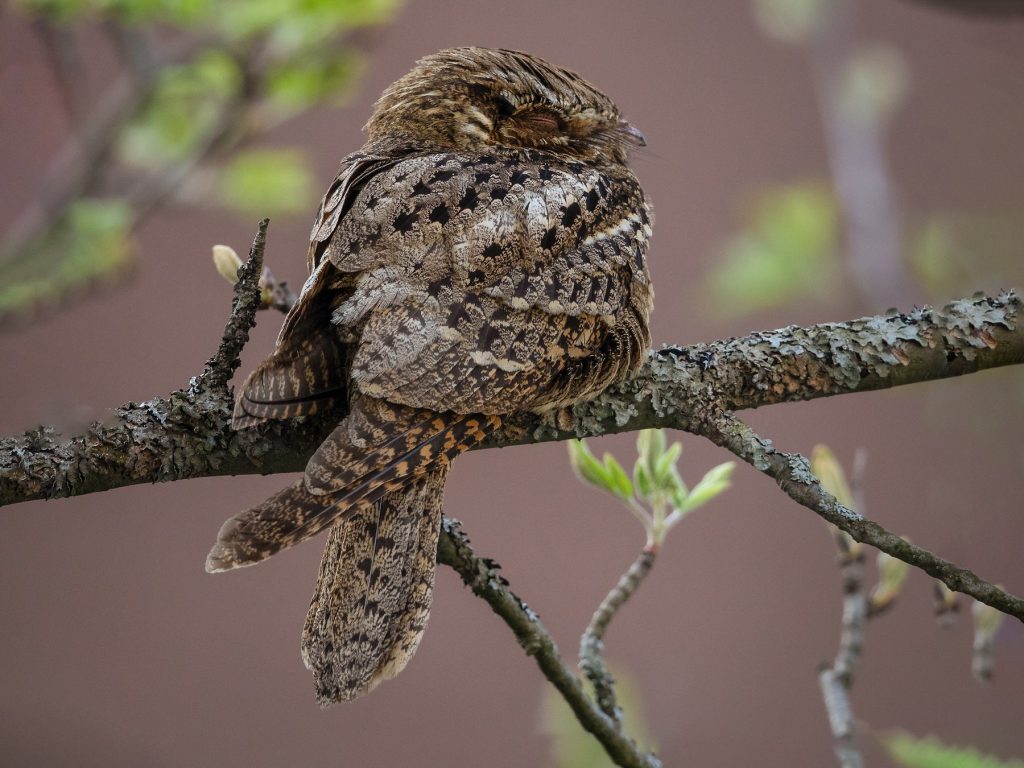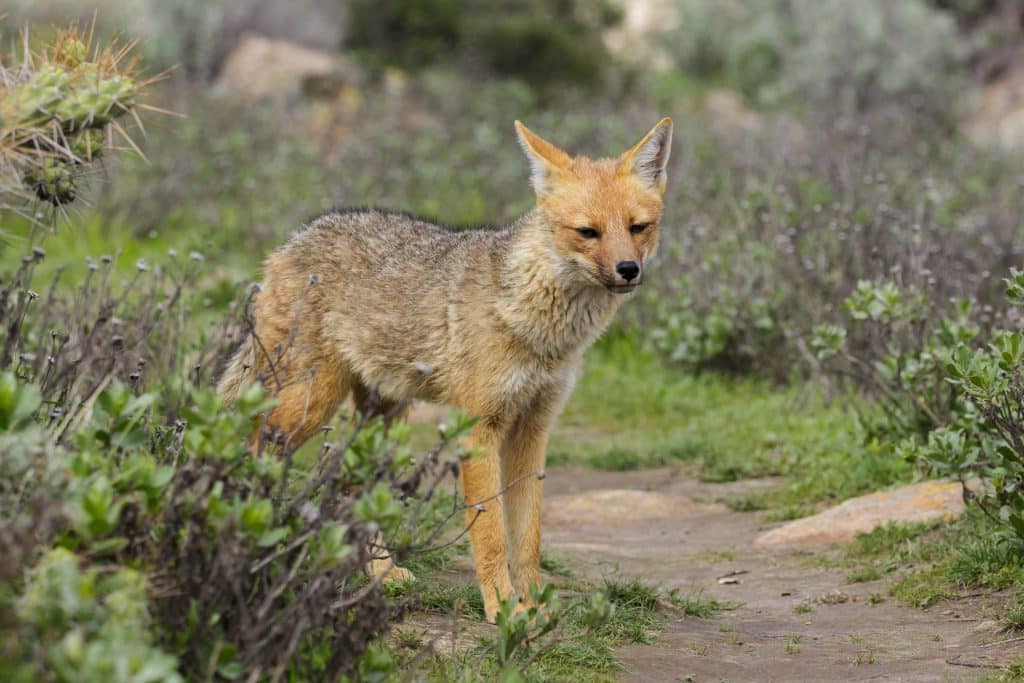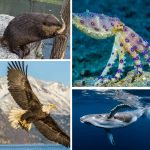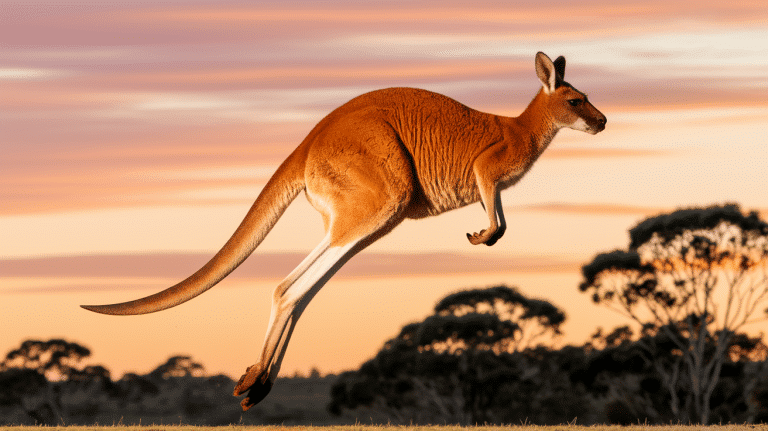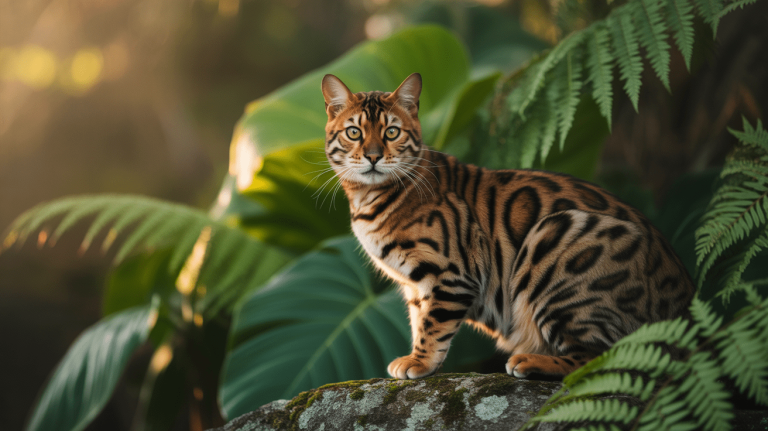Don’t you think the animal kingdom is a treasure trove of wonders? It is a diverse array of animals, each with unique characteristics and habitats.
Each of these animals brings a unique story and set of adaptations, reflecting the vast diversity and wonder of the natural world.
From speed and strength to intelligence and resilience, they offer endless opportunities for fascination and learning.
So come along for a fascinating journey through the world of 40 animals that starts with C, whether you are a wildlife enthusiast or just interested in learning more about the natural world.
List of Animals that Start with C
Below is the list of 40 amazing animals starting with C to get a clear idea of their shape, size, habitat, and lifespan.
1. Cheetah
The cheetah is renowned for being the fastest land animal, capable of traveling up to 75 miles per hour. This large animal is found primarily in Africa and parts of Iran.
They have a slender, streamlined body, allowing for exceptional acceleration. Their spotted coat provides camouflage while hunting, and they are known for their incredible eyesight during the day.
Cheetahs typically hunt alone or in small family groups.
2. Camel
Camels are large mammals that are known for their distinctive humped backs. They are well adapted to life in the desert, with their humps storing fat, which can be converted to water and energy.
Camels have long legs, a big-lipped snout, and a thick coat to protect against sand and heat. They are domesticated and used for transporting goods and providing milk, meat, and wool in arid regions.
Camels, also called the “ships of the desert,” are about 6 feet tall at the shoulder and weigh between 900 and 1,600 pounds. They can live for 40 to 50 years and are good at saving water and moving through tough landscapes.
3. Crocodile
Crocodiles are large aquatic reptiles in Africa, Asia, the Americas, and Australia. They are known for their powerful jaws, sharp teeth, and armored skin and are among their environments’ most feared predators.
Crocodiles are carnivorous and can live up to 70 years. They lay eggs, and their maternal care includes carrying hatchlings in their mouths. They are tough hunters, ranging from 6 to 23 feet long and weighing 330 to 2,205 pounds.
They live in warm places near water, like rivers and estuaries. Crocodiles are crucial for maintaining ecological balance in their habitats.
4. Cobra
Cobras are venomous snakes known for their intimidating hood, which they display when threatened. Mainly found in Africa and Asia, they vary in size and coloration.
They can eject venom at a distance, making them particularly dangerous. They primarily feed on small mammals, birds, and other snakes. Usually, they are 3 to 6 feet long and weigh about 4 to 5 pounds.
They live in different places like forests and grasslands, but they like it warm. These snakes can live for about 20 years and use their venom to hunt for food and protect themselves.
The King Cobra, the largest venomous snake, is revered and feared in many cultures.
5. Chameleon
Chameleons are distinctive lizards known for their ability to change color, long sticky tongues, and independently mobile eyes.
They are primarily found in Madagascar, Africa, and parts of Southern Europe and Asia. They have zygodactylous feet and a prehensile tail for climbing.
The height of this creature is 3 to 24 inches, and it lives in diverse habitats worldwide. Weighing 0.02 to 5.3 pounds, they adapt skin color for camouflage. Lifespan varies from 1 to 10 years.
Their color change is used for communication and temperature regulation, not just camouflage.
6. Chimpanzee
Chimpanzees are great apes found in the forests and savannas of Africa. They are our closest living relatives, sharing about 98% of our DNA.
They are highly intelligent, capable of using tools, and have complex social structures. They communicate through vocalizations, gestures, and facial expressions.
Chimpanzees are omnivorous, eating a varied diet of fruits, nuts, seeds, insects, and occasionally meat.
They are around 3 to 5.6 feet tall and weigh 70 to 130 pounds. Native to African forests, they live up to 50 years in the wild.
7. Chipmunk
Chipmunks are small, striped rodents native to North America, although one species is found in Asia. They have cheek pouches for storing food and are known for their burrowing habits.
Chipmunks are omnivorous and occasionally small birds or eggs. They are active during the day and are known for their playful and curious nature. They are 8 to 10 inches long, weigh 1 to 5 ounces, and live up to 3 years.
8. Cougar
These animals are also known as the mountain lion or puma and are a large feline in the Americas. They have a slender body, a broad head, and a long tail.
Cougars are solitary and territorial animals, primarily hunting deer, though their diet varies. They are known for their powerful limbs, enabling them to leap great distances and climb trees effectively.
Moreover, they are 2.6 to 9 feet long, weigh 90 to 200 pounds, and can live up to 20 years.
9. Cockatoo
Cockatoos are parrots known for their distinctive crests and curved bills. Native to Australia, Indonesia, and the Philippines, they are social birds, often seen in large flocks.
They are intelligent and can mimic sounds, including human speech. They have a varied diet of seeds, nuts, fruits, and insects.
Cockatoos form strong bonds and can live up to 60 years in captivity. They are 12 to 27 inches tall, weigh 0.5 to 3.5 pounds, and can live 40 to 60 years.
10. Clownfish
Clownfish, popularized by the movie “Finding Nemo,” are marine fish known for their bright orange color with white stripes.
They have a symbiotic relationship with sea anemones, which protect them from predators. Clownfish are native to the warm waters of the Indian and Pacific Oceans.
They are sequential hermaphrodites, meaning they can change sex, usually from male to female. These beautiful creatures are 2 to 5 inches long, weigh around 0.07 pounds, and can live 6 to 10 years.
11. Crab
Crabs are crustaceans with a distinct sideways walk. They have a thick exoskeleton, two claws, and four pairs of legs. Found in all the world’s oceans, in freshwater, and on land, crabs vary greatly in size.
They are generally omnivorous, feeding on algae, plankton, fungi, bacteria, and other small organisms. Some species are important to local ecosystems as scavengers.
Crabs vary widely, from a few millimeters to 12 feet across. They inhabit oceans, freshwater, and land, with lifespans ranging from a few years to several decades.
12. Caiman Lizard
The Caiman Lizard is a semi-aquatic reptile from South America that looks like a small crocodile with a robust body, strong legs, and a powerful tail.
It has a distinctively textured, scaled skin, often in shades of green and rust. This lizard thrives in rainforest habitats, primarily in and around slow-moving water bodies.
It feeds mainly on snails, using its strong jaws to crush their shells. Adult Caiman Lizards can grow up to 4 feet long and are those males generally larger than females.
They are excellent swimmers and spend significant time basking in the sun. They are 2 to 3 feet long, weigh 2 to 4 pounds, and can usually live 10 to 15 years.
13. Caracal
The Caracal is a medium-sized wild cat native to Africa, the Middle East, Central Asia, and India. They are known for their striking features, like long tufted ears, a sleek, reddish-brown coat, and powerful limbs.
The Caracal is a solitary and nocturnal predator, adept at hunting birds, rodents, and small mammals. It’s known for its incredible leaping ability to jump up to 3 meters in the air to catch birds in flight.
They are 2.5 feet tall, weigh 30 to 40 pounds, and can live up to 17 years.
14. Cat
The domestic cat is a small, typically furry mammal. With various breeds, domestic cats vary greatly in size, color, and coat pattern.
They possess sharp, retractable claws, keen hearing, and excellent night vision. Cats are known for their agility, flexibility, and playful behavior.
They communicate through vocalizations, body language, and purring. They typically sleep 12 to 16 hours daily and are obligate carnivores, requiring a meat-rich diet.
Domestic cats have diverse sizes, heights of around 9 to 10 inches, and weights ranging from 5 to 20 pounds. They adapt to various habitats and can live 12 to 20 years.
15. Capybara
The capybara is the Earth’s largest rodent, mainly found in South America. It weighs 50 to 100 kg (110 to 220 lbs) and stands at 50 to 60 cm (20 to 24 inches) tall.
These giant animals thrive in social groups near water bodies. Their life expectancy spans 8 to 10 years. Capybaras call wetlands and grassy regions home, where their excellent swimming skills come into play.
These herbivores have adapted to a diverse diet, munching on aquatic plants and grasses.
16. Coypu
The coypu is also known as the nutria, a semi-aquatic rodent. It is mainly found in South America but has made itself home in various parts of the world.
Weighing around 5 to 15 kg (11 to 33 lbs) and standing at about 40 to 60 cm (16 to 24 inches) tall, these creatures have a distinctive appearance with webbed hind feet and a scaly tail, resembling a beaver-rat hybrid.
With a lifespan of 5 to 10 years, coypus thrive in wetland habitats, showing adaptability to various climates.
17. Cockatiel
The cockatiel is a member of the parrot family, which is found in Australia. It is known for its charming crest and vibrant plumage.
Cockatiels are also praised for their playful nature and the ability to mimic various sounds. The height of this animal is around 30 cm, and it weighs 80 to 120 grams.
With a lifespan of 15 to 20 years, they are known for their playful antics and exceptional mimicking abilities. Their natural habitats include open woodlands and scrublands.
Their charming crest makes them different from other animals, which they can raise or lower to express emotions.
18. Cane Toad
These are originally found in Central and South America. However, these cane toads have become invasive in many regions, including Australia.
You can recognize them by their large size and distinctive warty appearance. The weight of cane toad is up to 2 kg, and its height is around 10 to 15 cm (4 to 6 inches).
These toads have a lifespan of 10 to 15 years. They thrive in various habitats, from tropical rainforests to arid regions, causing ecological concerns due to their toxic skin secretions and rapid population growth.
19. Carolina Wren
The Carolina Wren is a small but vocal bird that is commonly in the eastern United States. Its distinctive white eyebrow stripe and melodic song charm gardens and woodlands.
The Carolina Wren has a powerful and resonant voice despite its small size. The usual height of this creature is 12.5 to 14 cm, and it weighs around 18 to 23 grams.
With a 6 to 7-year lifespan, these lively birds inhabit woodlands, gardens, and urban areas. Their cheerful melodies and distinctive markings make them delightful in diverse ecosystems.
20. Cooper’s Hawk
Generally, Cooper’s Hawk is found across North America. It’s an adept hunter with striking plumage and sharp talons, often pursuing birds in dense forests.
Its remarkable flying skills and keen eyesight make it a formidable predator in the avian world. The height of Copper’s Hawk is generally 14 to 20 inches (36 to 51 cm), and its weight is around 300 to 700 grams.
With a lifespan of 7 to 10 years, these agile hunters prefer woodlands and suburban areas. Their remarkable speed and sharp talons aid in capturing a variety of prey.
21. Chamois
Chamois are animals that are seen to be native to mountainous regions of Europe. The chamois is an agile and sure-footed animal from a goat family.
These animals have curved horns and brown coats. They move smoothly in the mountains. They are tough and can live in difficult places, like high mountains.
Moreover, they are seen as beautiful and strong. The usual height of this beautiful animal is 70 to 80 cm, weighing 25 to 60 kg.
They live for about 15 years and like to be in steep, rocky mountain areas. They are good at living in tough places and look special, making them a symbol of mountain beauty.
22. Cedar Waxwing
The cedar waxwing is a beautiful bird from North America. It has smooth, silky feathers and a special mask on its face. These birds like to be together and fly in a cool way.
They like eating berries. When they talk, it’s like a high, soft song in the forests where they live. This cute bird is about 6 to 7 inches tall and weighs around 30 grams.
These birds live for 5 to 7 years and like to be in forests and open spaces. They look nice with smooth feathers and a special mask on their face.
23. Carrion Crow
The carrion crow is found across Europe and Asia. It is an intelligent and adaptable bird. With glossy black plumage and a distinctive caw, they are often associated with folklore and mythology.
Carrion crows play a vital role in ecosystems by scavenging carrion and keeping environments clean. It’s about 18 to 20 inches tall and weighs 450 to 600 grams.
These crows can live for 6 to 20 years and are seen in many places, like forests and cities. They are smart birds and are important for keeping nature balanced.
24. Chukar Partridge
The chukar partridge is a strong bird from Eurasia known for its colorful feathers. It has cool patterns and makes a nice sound. People like to hunt these birds for fun.
They can live in different places, like dry areas and grassy fields, showing how tough they are. It is a strong bird, about 12.6 to 13.8 inches tall, weighing 450 to 700 grams.
It can live for 5 to 7 years and is good at living in different places, like dry areas and grassy fields, showing its toughness and adaptability.
25. Chinese Alligator
The Chinese alligator is a rare animal from China that is in danger of disappearing. It’s like a smaller version of the American alligator, with a short snout and dark color.
These reptiles like to live in slow rivers and marshes. People need to work hard to protect and save them from disappearing. It’s about 1.5 to 2 meters long and weighs around 36 to 45 kilograms.
With a lifespan of 50 to 70 years, these reptiles prefer slow rivers and marshes. However, conservation efforts are crucial to safeguarding this endangered species.
26. Chipping Sparrow
The chipping sparrow is a small and colorful bird you often see in North America. It has a red-brown crown on its head and sings a lively song.
These birds like to live in different places, like gardens and open woodlands. It makes outside places feel more lively and fun when they are around.
The Chipping Sparrow is about 5 to 6 inches tall and weighs around 12 to 19 grams. These birds live for 4 to 5 years and like to be in gardens and open woodlands.
You can recognize them by the red-brown crown on their heads, and they make outside places feel lively.
27. Cinereous Vulture
The cinereous vulture, also called the Eurasian black vulture, is a big and impressive bird. Its wings are as wide as the biggest eagles. These birds help keep nature clean by eating dead animals.
They have dark feathers and a strong look in their eyes that makes them stand out when they fly. Moreover, it is a majestic bird with a wingspan of about 2.5 to 3.1 meters.
The weight of the cinereous vulture is 6 to 11 kg, and they can live for up to 30 years. These vultures inhabit various habitats, from mountains to plains, contributing to ecosystems by scavenging carrion.
28. Congo Peafowl
The Congo peafowl is a beautiful bird found only in the rainforests of Central Africa. The males have shiny blue and green feathers and do special dances to impress.
It’s hard to learn about them because their home in the forest is thick, making it tricky to study them and making these birds even more interesting.
With a height of about 70 cm, it weighs around 2 to 3 kg. Living up to 20 years, these elusive birds thrive in dense vegetation, showcasing intricate courtship dances that add to their mysterious charm.
29. Cockroaches
Cockroaches are tough insects that live everywhere. They have been around long because they have strong outer shells and can have many babies quickly.
Some cockroaches bother people, but others are important because they help clean up dead things in nature. They are about 1 to 2 inches long and weigh very little.
Living for a few months to a few years, they thrive in warm places and can be pests in homes. Some types, though, help break down old stuff in nature.
30. Chow Chow
The chow chow is a special dog that looks like a lion with a fluffy mane. It came from China a long time ago. These dogs are distant but very loyal. They have a tongue that’s blue-black, which is unique.
With their protective and royal look, chow chows are interesting and loving members of families. The height of this beautiful dog is about 17 to 20 inches, and it weighs 45 to 70 pounds.
With a 9 to 15-year lifespan, these dogs are adaptable but prefer cooler climates. They are known for their distinctive blue-black tongues and lion-like mane and are loyal and regal family companions.
31. Chinkara
The chinkara, also called the Indian gazelle, is a beautiful antelope found in dry places like India, Pakistan, and Iran. It’s slim, not too big, about 25 to 30 inches tall, and weighs 23 to 35 kg.
Chinkaras can live for 12 to 14 years and are fast and good at moving around in grassy areas and sandy deserts.
They have a reddish-brown coat that helps them hide, and they eat grass and shrubs to stay strong in their dry homes. Chinkaras are special animals in their native places.
32. Chambered Nautilus
The chambered nautilus is a special sea creature that’s been around for a long time. It lives in the Indo-Pacific region and has a spiral shell with chambers filled with gas to help it float.
These creatures can live for up to 20 years and are usually found in deep waters near coral reefs and islands. They grow to about 8 inches and have a unique shell pattern.
Chambered nautiluses are good hunters, using their tentacles to catch food. Sadly, they are in danger because people take too many of them, and the environment is changing, so we need to protect them.
33. Chinstrap Penguin
The chinstrap penguin is a friendly bird living in Antarctica and nearby islands. You can recognize it by the black strap under its chin.
These penguins like to be together in big groups and can live for up to 20 years. They are about 27 inches tall and weigh 3 to 5 kg. Living in icy places, they are good swimmers and eat krill and fish.
Chinstrap penguins build nests using their strong beaks, but it’s tough because the weather changes and people are catching too many fish. We need to help keep them safe.
34. Cacomistle
The Cacomistle is a small animal that comes out at night and lives in North and Central America. You can easily spot it by its long, bushy tail with dark rings.
These creatures live in deserts, forests, and rocky areas. They are about 12 to 17 inches tall and weigh 0.7 to 1.5 kg, living for around 7 to 10 years.
Cacomistles are good at climbing, hunting, and eating small animals and fruits. They are part of the raccoon family, and what’s cool is they can adapt to live in natural areas or places changed by people.
35. Chuck-Will’s-Widow
The Chuck-Will’s-Widow is a bird that comes out at night and lives in the southeastern United States and Central America. It’s known for its special call that sounds like “chuck-will’s-widow.”
These birds like to live in different places, like forests and open woodlands. They can live for 6 to 10 years and are about 11 to 13 inches tall, weighing around 45 to 85 grams.
Chuck-Will’s-Widows are good at catching insects, using their big mouths to grab them while flying. Their unique feathers and interesting sounds make them cool and special when you see them at night.
36. Cuban Crocodile
The Cuban crocodile is a medium-sized crocodilian species native to Cuba. It is known for its striking green coloration and robust build, and it primarily inhabits freshwater environments such as swamps, lakes, and rivers.
With a lifespan of around 50 to 75 years, it grows to an average length of 2.4 to 3 meters. Endemic to Cuba, these crocodiles are skilled hunters, preying on fish, mammals, and birds.
Unfortunately, they face threats due to habitat loss and human activities. The Cuban crocodile is listed as critically endangered, highlighting the urgent need for conservation efforts to protect this unique reptilian species in its native habitat.
37. Cotton-top Tamarin
The cotton-top tamarin is a small monkey from Colombia with a special white crest of hair on its head. It lives in tropical forests and can live for about 15 years.
These monkeys are around 0.5 kg and about 20 cm tall. They like to be in close-knit families. Sadly, they are in danger because their homes are disappearing, and people are taking them as pets illegally.
We need to work hard to keep these little monkeys safe. They are important because they move around a lot and have expressive faces, adding to the variety of animals in their home.
38. Canvasback
This canvasback is undoubtedly a cool duck living in North America. You can find them in lakes, rivers, and marshes.
They have a wingspan of about 80 to 90 cm and look special with a sloping shape and bright red eyes. The boy ducks weigh around 1.4 kg, and the girls are slightly lighter.
Canvasbacks are good at diving and eat plants and bugs from the water. These ducks live for 10 to 15 years.
People are working to keep their homes safe and ensure enough canvasbacks are around.
39. Corn Crake
The corn crake is a shy bird that lives in grassy fields and farms in Europe and Asia. It’s known for its raspy call and likes to hide in thick plants during the breeding season.
These birds are about 24 to 28 cm tall and weigh 115 to 160 grams. They live for 2 to 3 years and go to Africa for the winter. Corncrakes eat bugs and seeds.
But they’re having a hard time because farms are changing, and it’s not good for them. People are trying to help by keeping safe places to live and telling others why it’s important.
40. Culpeo
The culpeo is a fox from South America that looks and acts in special ways. It lives in many places, from the Andes mountains to flat areas. These foxes have a big, bushy tail and reddish-brown fur.
They are about 50 cm tall and weigh from 5 to 13 kg. Culpeos are good hunters. They live for 8 to 10 years and eat small animals, birds, and plants.
You can find them in countries like Argentina and Chile. Culpeos are not in danger right now, but people are working to keep their homes safe and ensure they don’t have problems with humans.
Summing It Up
All in all, animals are super cool! We have already explored 40 awesome animals that all start with the letter “C.” Learning about them helps us understand how amazing the animal world is. We must take care of their homes and ensure they stay around for a long time.
Exploring their unique features, habitats, and behaviors deepens our understanding of the animal kingdom and underscores the importance of conservation.
Let’s keep exploring nature and promise to protect these fantastic animals. They make our planet special, and we should always celebrate the different kinds of life here.

